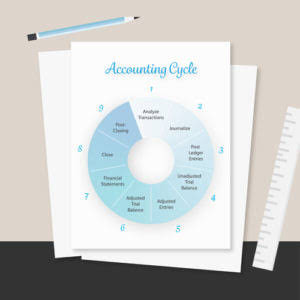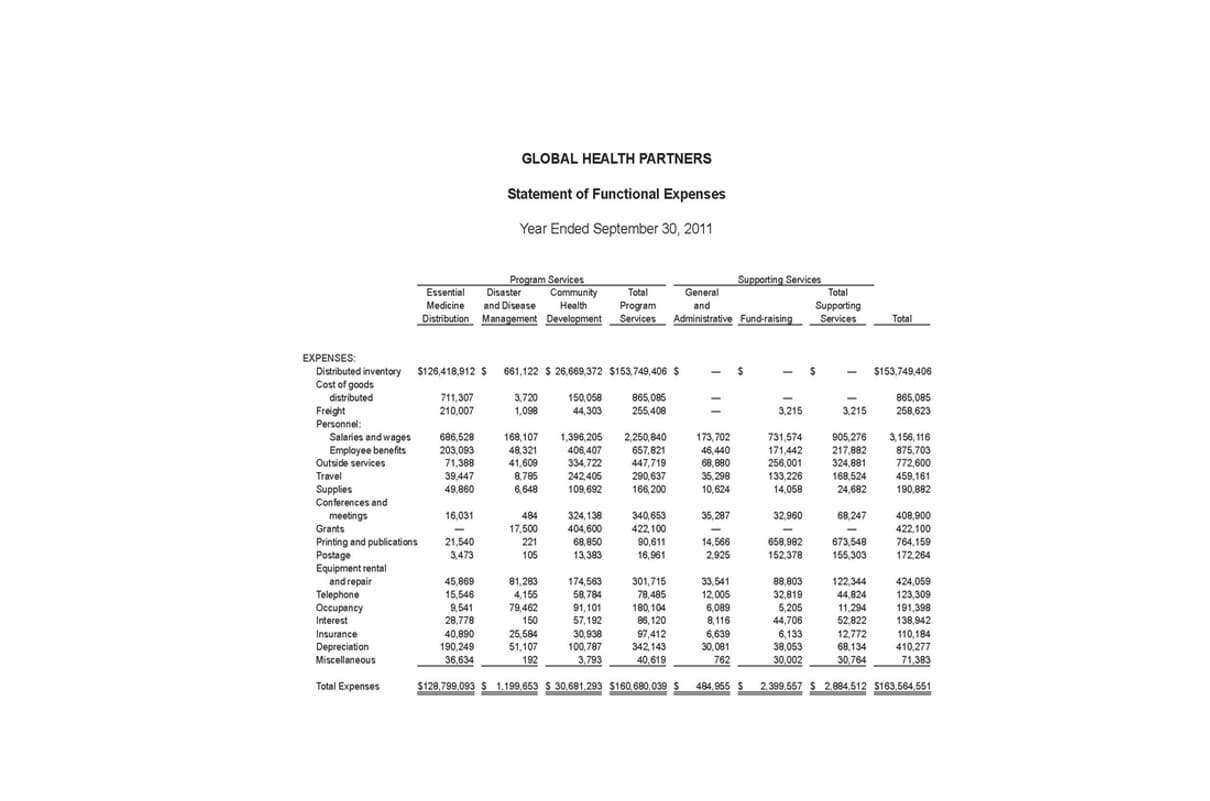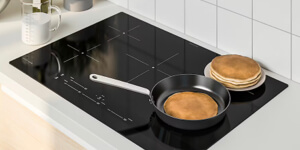Wine Accounting 101: Understanding the Basics

Consider an example where a winery has $500,000 in CoGS and $400,000 in average inventory for the year. This means the winery turned its inventory over more than once in the year, which might mean it had to scramble to source inventory toward the end of that period. The inventory turnover ratio is a measure of how many times you «sell out» and replace your inventory within a given period. For most wineries, a good inventory turnover ratio is one when measuring for an entire year.
Review and Analyze Sales Data
These tools offer features like real-time data analytics, automated reporting, and integration with other business systems, making it easier for vineyard managers to stay on top of their financials. When calculating the cost of making and selling wine, it’s typically recommended to use accounting principles generally accepted in the United States of America (U.S. GAAP). Usually, U.S. GAAP is the standard used for financial statements in business. GAAP basis accounting is typically considered a more accurate reflection of a business’s performance rather than tax basis accounting or another financial reporting framework.
- Transactions are recorded on an item-level basis, and as they’re completed, the system calculates the financial impact and inventory quantity impact of the transactions.
- This indicates you sell your entire previous vintage on the day you’re ready to release your next vintage.
- You will need to decide how much to spend on production overall, including how much to spend on grapes, glass, label, closures, and more.
- We go beyond standard accounting and bookkeeping services to offer winery-specific financial analysis.
- And, if the cellar operation accumulates a half million dollars of costs in a year, that cost is assigned to the Merlot based on its proportion of the total gallon/months of wine kept in the cellar.
- Finally, in the area of overhead, wineries will need to exercise judgment and use appropriate estimates.
- Ongoing communication between the winemaking staff and accounting staff is critical to establishing accurate inventory values and COGS calculations.
Compliance and Reporting

When costs aren’t easy to trace, it may be preferred to use an average, weighted average, or other ratio for applying costs. This method is also appropriate for consumable supplies, such as yeast and sulfur, or general costs, such as storage, utilities, and labor. The market generally determines what someone is willing to pay for your wine, so the cost of making and selling that wine largely determines how much profit is left over. The greater understanding and control you have over your costs, the greater your chance for running a profitable winery. From the first tender shoots in the vineyard assets = liabilities + equity to the satisfying pop of a cork, your winery embodies passion and hard work.
Argos Software Resources

With all the love and effort you put in, wanting to make a profit goes without saying. Accurate financial management is fundamental to running a thriving wine business. Are you struggling with labor management, inventory tracking, or compliance?
Very Small Wineries: 1,000–4,999 Case Production

With all the intricacies of bringing wine to market, accounting and finances typically aren’t a first priority. However, when wineries invest time and resources in these areas, they can derive valuable insights that may help increase profits. When calculating labor costs, it can be difficult to pin down the pay of executives and owners to any one specific department, let alone a single vintage. To account for these employees, portion out a slice of the revenue from each department that person regularly Bookkeeping for Chiropractors attends to. Knowing the COGS is essential if you want to know the gross profits you earn on different wines.
- For this reason, most wineries track and report their wine inventory costs in separate inventory pools such as bulk wine, packaging materials, and finished cased wine.
- This can provide a helpful template of the annual production cycle for management and also for your tax team.
- Utilities, on the other hand, should be allocated based on an estimate of usage.
- The costs of grapes, bulk wine, glass, and other dry goods must be assigned to separate wines and tracked by SKU.
- If you are in the wine industry and have questions about accounting or bookkeeping, Protea Financial is here to help.
- Changes to tax code in 2017 now allow expensing for many winemaking costs and therefore creating greater disparity between U.S.
Overhead
This includes keeping tabs on what materials and labor went into creating specific vintages and blends. Wine accounting is an essential part of the wine industry, but it can often be daunting and confusing, especially for those new to winery accounting the business. Protea Financial offers wine accounting services tailored to meet your needs and help you understand the basics.
The big difference with accrual accounting is that it adheres to the Matching Principle, which is a cornerstone of GAAP (Generally Accepted Accounting Principles). This Matching Principle dictates that expenses should be recorded in the same period as the revenues they help generate. For a winery, this means production costs like grapes and labor are not expensed immediately but are capitalized as inventory on the balance sheet. These costs are only recognized as cost of goods sold as the wine is sold.
Accounting for materials is typically straightforward in that the cost equals the price paid to acquire the materials, including tax and shipping costs to bring the materials to the production location. SPID and FIFO costing are the most common methods used in a winemaking environment, especially because wine is typically vintage-based and tracked down to the individual wine stock-keeping unit (SKU). This method assumes the most recently purchased or produced inventory items are the first items to be sold. This is unrealistic for most wineries because wine is typically vintage-dated, with older vintages sold before newer ones.
Let Protea Financial Help You with Your Winery’s Year-End Accounting Practices
If, however, a winery is providing custom winemaking services to clients, a portion of the winemaking costs will be allocated from each cost center to the costs of custom winemaking services on the income statement. Whoever manages the accounting for the winery should have knowledge of how this is done within the company’s accounting software. Create costing protocols with input from winemakers, production staff, and other department heads to help ensure the costs accurately reflect the level of inputs and effort required to make different wines.




